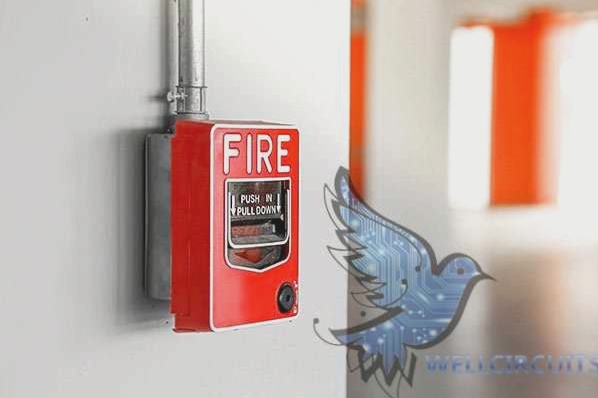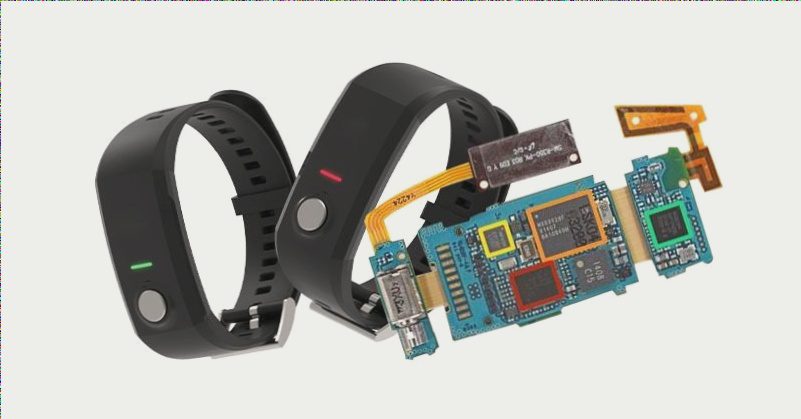Professional PCB Multilayer Board Pressing Process Overview
Autoclave
The Autoclave, also known as the Pressure Cooker, is a container filled with high-temperature saturated water vapor and high pressure. It is used in the multi-layer board pressing process to force moisture into the laminated substrate sample. Another method, the “cabin press method,” utilizes high temperature and high-pressure carbon dioxide, similar to the Autoclave Press.
Cap Lamination Method
The Cap Lamination Method, an early technique for multi-layer boards, involved laminating the “outer layer” with a thin substrate of single-sided copper skin. This method was later replaced by the mass pressing method (Mss Lam) in 1984 to accommodate the increased output of multi-layer boards.
Crease
In multi-layer board pressing, a crease refers to wrinkles that occur when handling thin copper skins below 0.5 oz in multiple layers. Care must be taken to avoid these imperfections.
Dent
A dent is a gentle sag on the copper surface caused by the partial protrusion of the steel plate during pressing. These defects can impact signal transmission, leading to instability and noise in high-speed signals.
Caul Plate
During multi-layer board pressing, a Caul Plate, or Separate Plate, is used to separate sets of bulk materials stacked in each press opening. This flat, smooth, and hard stainless steel plate prevents materials from sticking together during pressing.
Foil Lamination
Foil Lamination, part of the mass pressing method (Mass Lam), involves directly pressing the outer layer of copper foil and film with the inner skin. This method replaced the use of single-sided thin substrates.
Kraft Paper
Kraft paper serves as a heat transfer buffer during multi-layer board lamination, helping achieve a uniform temperature rise across the board layers. It is placed between the hot platen and steel plate during pressing and should be replaced after losing its toughness due to high temperature and pressure.
Kiss Pressure, low pressure
During the multi-layer board pressing process, a low pressure known as “kiss pressure” is initially applied to prevent slippage or excessive glue flow. As the resin softens, the pressure is increased to tightly combine the bulk materials and form a strong multi-layer board.
Lay Up
The Lay Up process involves aligning and registering inner layer boards, films, and copper sheets with steel plates and kraft paper before pressing the multi-layer board. Automation and mass production methods are often used to streamline this preparatory step and reduce human errors.


